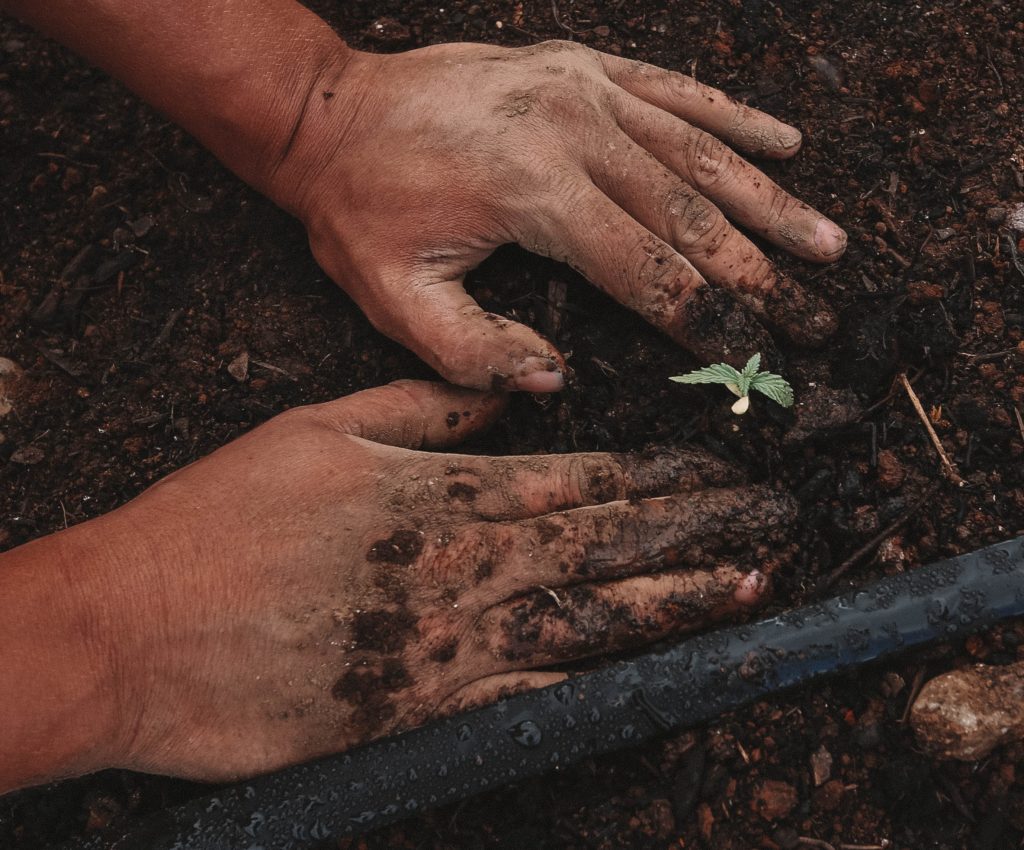Cannabis has been on a rapid development curve in recent years. Legalization is now well underway in a number of states, and the variety and refinement of available species have improved exponentially. But this is just the latest advancement in a long history, with scientists recently announcing the discovery of the cultivated cannabis in China dating back more than 12,000 years.
12,000 year-old Chinese Cannabis Discovered


Hemp, weed, cannabis, grass … If the cultivation of this plant called “Cannabis sativa” is now highly regulated, it has not always been so. A group of international researchers claims to have discovered that cannabis was first cultivated by humans about 12,000 years ago in China, according to a study based on the analysis of genomes (set of genes) of plants from around the world.
Every day there are new events in the world of cannabis and hemp. Download our companion Hemp.im app to stay up to date with all the latest cannabis news.
Regulatory Restrictions Have Hindered Cannabis Studies
The study was led by Luca Fumagalli of the University of Lausanne and involved scientists from Britain, China, India, Pakistan, Qatar, and Switzerland. The work, published Friday in the journal Science Advances, explains that the genomic history of cannabis domestication has not been sufficiently studied compared to other cultivated species, largely because of legal restrictions.
After overcoming these regulatory difficulties, the researchers compiled 110 whole genomes covering the entire spectrum of cannabis, from wild plants to historical cultivars (a variety of plant species artificially bred for cultivation) to modern hybrids used for hemp and drugs. The study claims to have determined “the time and origin of domestication, post-domestication divergence patterns, and current genetic diversity.”
Not Necessarily Grown for Recreational Use
“Our genomic dating suggests that the earliest domesticated ancestors of the hemp and drug types diverged from basal cannabis” about 12,000 years ago, “indicating that the species had already been domesticated by the early Neolithic period,” according to the study.
“Contrary to a widely accepted view, which associates cannabis with a center of crop domestication in Central Asia, our results are consistent with a single origin of cannabis sativa domestication in East Asia, consistent with early archaeological evidence,” the authors also believe.
Cannabis and Hemp Have a Long Histroy
Cannabis has been used for millennia for textiles, as well as for its medicinal and psychotropic properties. The evolution of the cannabis genome suggests that the plant has been cultivated for multiple purposes over several millennia, according to the same study.
Today’s hemp and drug varieties would come from selective cultivation initiated about 4,000 years ago, optimized for fiber or cannabinoid production. Because the original wild plant probably produced lower levels of THC (the psychotropic molecule in cannabis).
Modern Cannabis Varieties Tailored to Maximize Resin Production
Selection resulted in tall, unbranched hemp plants with more fiber in the main stem, and short, well-branched marijuana plants with more flowers, maximizing resin production. Without going as far as consuming the resin, scientists had discovered in 2019 a 2,500-year-old tomb showing that cannabis was smoked or even just burned as incense in ceremony. Before that, 6,000 years ago, cannabis (hemp) was used in Asia for its seeds and fibers and not for recreational use.
__
(Featured image by GreenForce Staffing via Unsplash)
DISCLAIMER: This article was written by a third party contributor and does not reflect the opinion of Hemp.im, its management, staff or its associates. Please review our disclaimer for more information.
This article may include forward-looking statements. These forward-looking statements generally are identified by the words “believe,” “project,” “estimate,” “become,” “plan,” “will,” and similar expressions. These forward-looking statements involve known and unknown risks as well as uncertainties, including those discussed in the following cautionary statements and elsewhere in this article and on this site. Although the Company may believe that its expectations are based on reasonable assumptions, the actual results that the Company may achieve may differ materially from any forward-looking statements, which reflect the opinions of the management of the Company only as of the date hereof. Additionally, please make sure to read these important disclosures.
First published in Le Parisien , a third-party contributor translated and adapted the article from the original. In case of discrepancy, the original will prevail.
Although we made reasonable efforts to provide accurate translations, some parts may be incorrect. Hemp.im assumes no responsibility for errors, omissions or ambiguities in the translations provided on this website. Any person or entity relying on translated content does so at their own risk. Hemp.im is not responsible for losses caused by such reliance on the accuracy or reliability of translated information. If you wish to report an error or inaccuracy in the translation, we encourage you to contact us.



Comments are closed for this post.